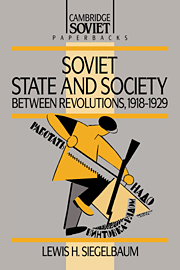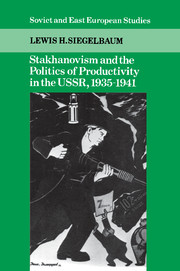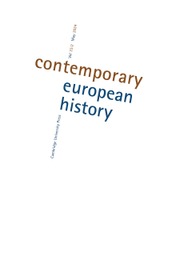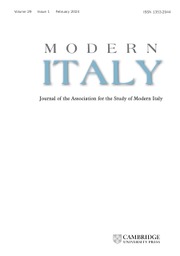Soviet State and Society between Revolutions, 1918–1929
This is the first book to analyse the relationship between the Soviet state and society from the October Revolution of 1917 to the revolution under Stalin of the late 1920s and early 1930s. Professor Lewis Siegelbaum examines the ways in which the promise of a new society made by the 1917 Revolution informed the thinking of those who had experienced the order which preceded it. But how did that old order limit possibilities? How did the new Party leaders, worker activists, artists, and scientists know what to abolish, what to retain, and what to transform? The author explores these questions by tracing the evolution of the ruling Communist Party and its New Economic Policy and the changing fortunes of industrial workers, peasants, and the scientific and cultural intelligentsia. He demonstrates how these different actors sought to appropriate the promise of the 1917 Revolution for their own purposes, highlights the compromises they made, and explains why in the late 1920s these compromises had started to break down.
- The first book to analyse the relationship between state and society in the Soviet Union during its formative years
- Written by a leading figure in Soviet history
- The author opens up a new approach to the study of Soviet history by exploring political and social developments together
Product details
August 1992Paperback
9780521369879
300 pages
228 × 150 × 18 mm
0.505kg
Available
Table of Contents
- Preface and acknowledgements
- Russian terms and abbreviations
- Introduction
- 1. Bequeathals of the Revolution, 1918–20
- 2. The crisis of 1920–21
- 3. The perils of retreat and recovery
- 4. Living with NEP
- 5. Dangers and opportunities
- Epilogue and conclusions
- Bibliography.







.jpg)
.jpg)
